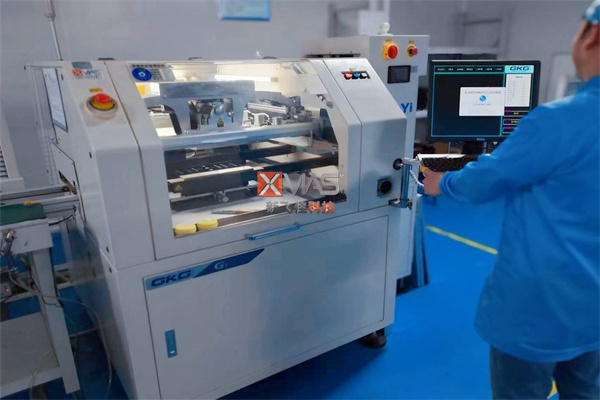In the design and production of electronic products, SMT sampling plays an important role in improving product quality, reducing production costs, improving production efficiency, optimizing product design, meeting customer needs, and ensuring smooth production processes. This article will provide a detailed introduction to the specifications and standards for quality inspection of SMT samples.
The specifications and standards for quality inspection of SMT samples include the following aspects:
1. Thermal effect: In SMT processing, appropriate thermal effect is an important factor in ensuring stable and reliable product quality. Temperature can have a significant impact on the SMT process. Excessive temperature may cause deformation of the circuit board, while excessively low temperature may affect the stability of the solder joints. Therefore, qualified SMT patch samples should have appropriate thermal effects.
2. Installation accuracy of SMT components: including multiple levels such as component orientation, component gaps, component flatness, soldering height, etc. Among them, excessive or insufficient clearance between components can affect the performance of the product and subsequent production processes. Similarly, if the solder is too high or too low, it can also cause issues such as unstable SMT or solder bridging.
3. Visual inspection: There may be some common problems during SMT mounting process, such as welding caps, solder bridging, missing components, and inaccurate component picking when the mounting accuracy is insufficient. Experienced inspectors can visually inspect whether the SMT patch sampling meets the requirements.
4. Stability and reliability: SMT sampling requires electrical performance testing, thermal cycle testing, and vibration immunity testing to ensure its good stability and reliability.
5. Post maintenance: A good SMT surface mount prototype not only needs to ensure product performance, but also needs to consider its maintenance issues in practical applications. This includes a series of issues such as product updates, repairs, and replacements.
While meeting the above requirements, attention should also be paid to the following aspects:
1. Environmental requirements: SMT surface mount processing inspection should be carried out in an environment that meets the requirements of ISO 9001 quality management system. The ambient temperature should be maintained at 23 ± 2 ℃, and the relative humidity should be maintained at 45% to 65%. The inspection area should be kept clean, dust-free, free of corrosive gases and static electricity.
2. Equipment requirements: The inspection equipment should have high-precision and high stability performance, which can meet the quality requirements of SMT processing. The equipment should be regularly calibrated and maintained to ensure its accuracy and reliability.
3. Raw material requirements: Raw materials such as solder paste, flux, etc. should comply with relevant industry standards, have good welding performance and stability. During use, strict quality control should be carried out on the raw materials to ensure their quality is qualified.
4. Process requirements: The SMT processing process should strictly follow the design requirements and process documents. During the processing, key parameters should be monitored and adjusted in real-time to ensure stable and reliable product quality.
5. Operator requirements: Operators should have relevant professional skills and knowledge, be familiar with SMT surface mounting technology and equipment operation. During the inspection process, operators should strictly follow the inspection specifications to ensure the accuracy of the inspection results and smooth product delivery.


